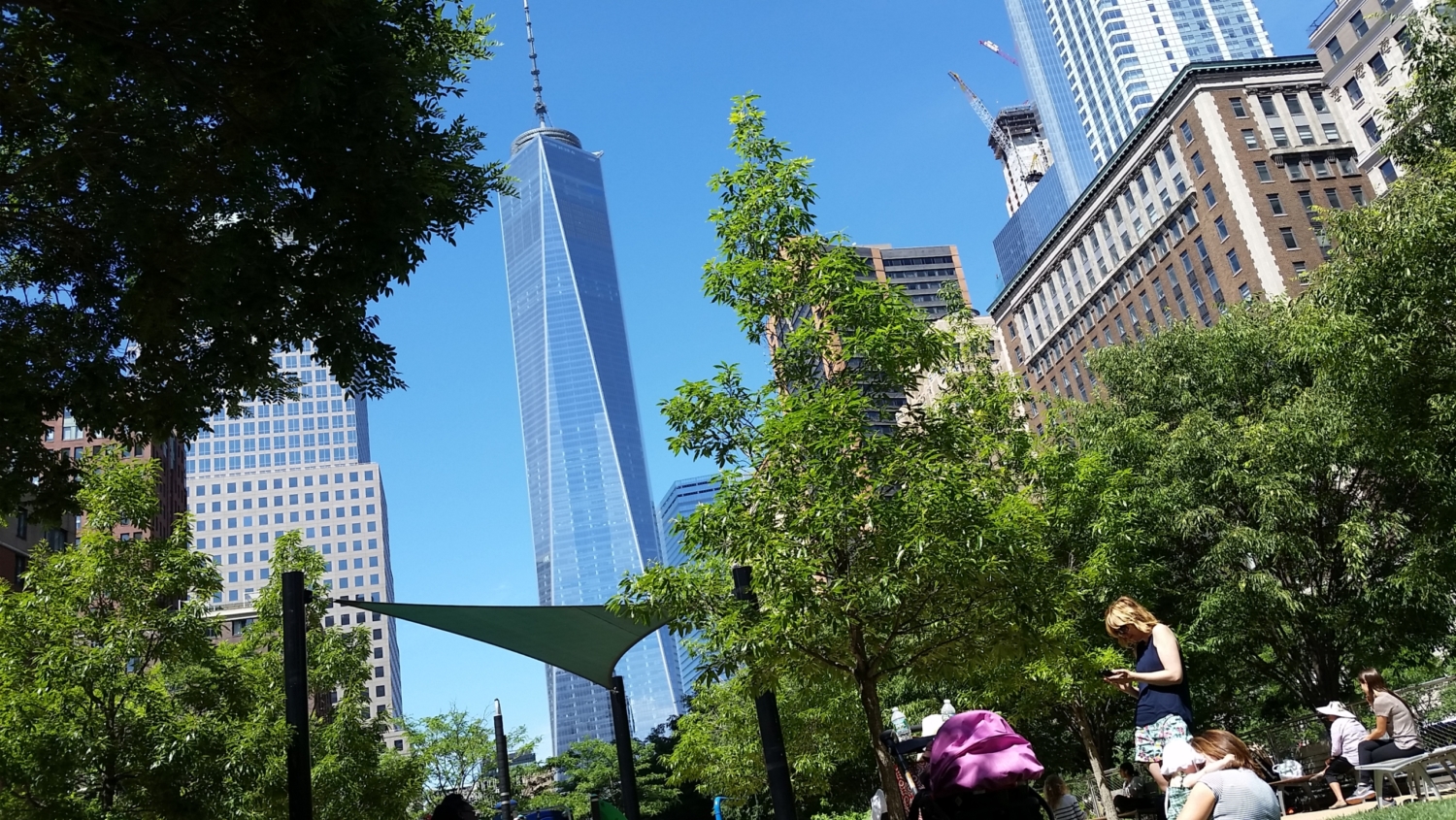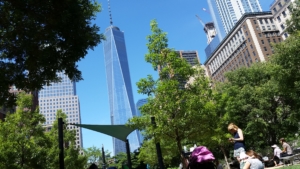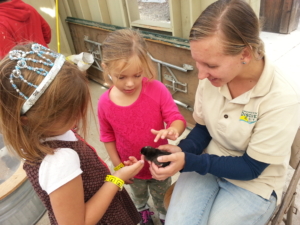4 reasons to love New York City playgrounds
I spent five years living in New York City, and never had any idea how many kick-ass playgrounds were there until I visited last month with kids. We were there for six days in all, visited eight playgrounds, and researched about a dozen more. Here are four things I enjoyed and appreciated about the playgrounds we experienced, and about the new perspective on NYC they helped me achieve.
Water features
Most of the playgrounds we visited (and many of the playgrounds we didn’t visit) boast some sort of water features—free and public ways to cool off. Many of these features were glorified sprinklers that shot water from the ground and invited kids to run through the spray. At the West Thames Park Playground in Battery Park City, my girls and some family friends spent the better part of an entire afternoon running through the water feature. It never got old – even after they all soaked through their clothes.
Varied structures
Modern playgrounds can all look alike: Metal bars, plastic spheroid connectors, triangle trees, etc. While New York City certainly had its fair share of playgrounds with this design, there also were dozens of other set-ups. One of our favorites, the Diana Ross Playground in Central Park, was an old-school wooden playground with beams and bridges and more. I’ve read the playground was built with money Diana Ross donated to the park after a concert there in 1983. Yes, this means the park is old, but the setup still works—proving nicer and newer isn’t always better.
Enclosures
Here in California, playgrounds are open to all—usually the only fenced-in parts are the portions designated for super-little kids. In New York City, all of the playgrounds had fences lining the perimeter. One of the playgrounds that seemed to do this best was the Hippo Playground in Riverside Park, on Manhattan’s West Side. This design is a great way to limit coming and going. It’s also a wonderful safety feature; as a parent, you can rest assured that if you’ve got eyes on the only exit, your kid isn’t going anywhere without you knowing about it.
Shade
Just about all of the playgrounds we visited in New York City offered some degree of shade. In some cases, like at West Thames, shade came in the form of a manmade shade structure, built like a canopy over the play structures. At Washington Market Park in Tribeca (arguably THE BEST playground we hit during our visit because it had the most varied play structures), trees provided shade throughout. This playground also had clean bathrooms, an added bonus for when the big kids realized they’d forgotten to go back at the hotel.
Since we’ve come home, every time my kids have looked back on their experience in the Big Apple, the playgrounds are right up there with black-and-white cookies, pizza, and walking around at night as their favorite parts of the trip. That means the playgrounds enhanced the visit for all of us. Which is good news for everyone involved.
What’s your favorite playground city and why?




